If Maui’s South Shore is about curated refinement, the West Side is all about vibrant energy, deep-rooted tradition, and the original aloha spirit. Ask a local where the island’s golden era of hospitality took hold, and they’ll point to this stretch of coast—where royal Hawaiian history, beachside resorts, and unforgettable sunsets continue to draw generations of return visitors. This is where modern tourism in Maui took shape, and it hasn’t lost its magic. From the mile-long Kāʻanapali Beach boardwalk to oceanfront luaus and sunset sails, the area blends rich culture with barefoot luxury, open-air shopping, and some of the island’s best snorkeling just steps from your room. Our Kaanapali Travel Guide brings all of this to life—helping you plan the perfect stay in one of Maui’s most iconic destinations.
Kāʻanapali Beach: The Original Maui Resort Destination
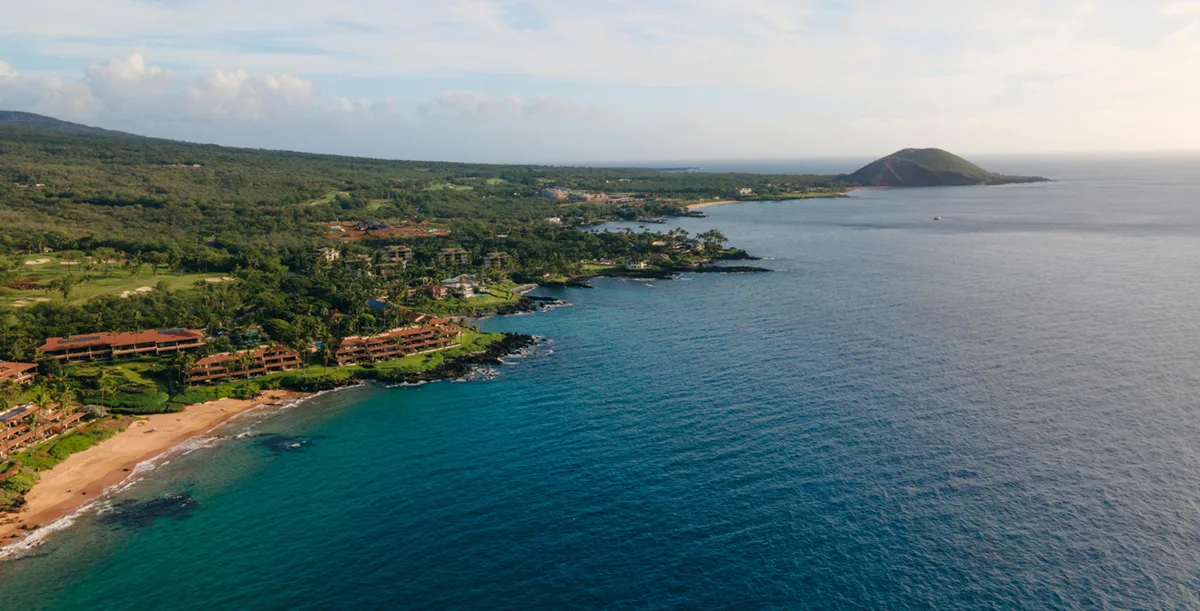
Developed in the 1960s as Hawaiʻi’s first master-planned resort area, Kāʻanapali Beach remains one of the most iconic stretches of sand in the islands. Backed by a lineup of well-known hotels like the Sheraton Maui, Hyatt Regency, and Westin, this three-mile beach offers a walkable experience where you can snorkel in the morning, sip mai tais in the afternoon, and catch torch-lighting ceremonies at sunset—all without needing a car.
At the north end, Black Rock (Puʻu Kekaʻa) is both a cultural site and a natural snorkeling haven. According to Hawaiian legend, this lava promontory is where souls would leap into the spirit world. Today, it's a daily stage for cliff diving rituals and one of the most reliable places to spot sea turtles in West Maui. Early mornings offer the clearest visibility for snorkeling; late afternoons bring the drama of the ceremonial torch run and cliff dive, set against a glowing ocean backdrop.
The Kāʻanapali Beachwalk makes exploring the entire resort area easy. This oceanfront path links hotels, shops, and restaurants, giving you access to the full West Side experience on foot.
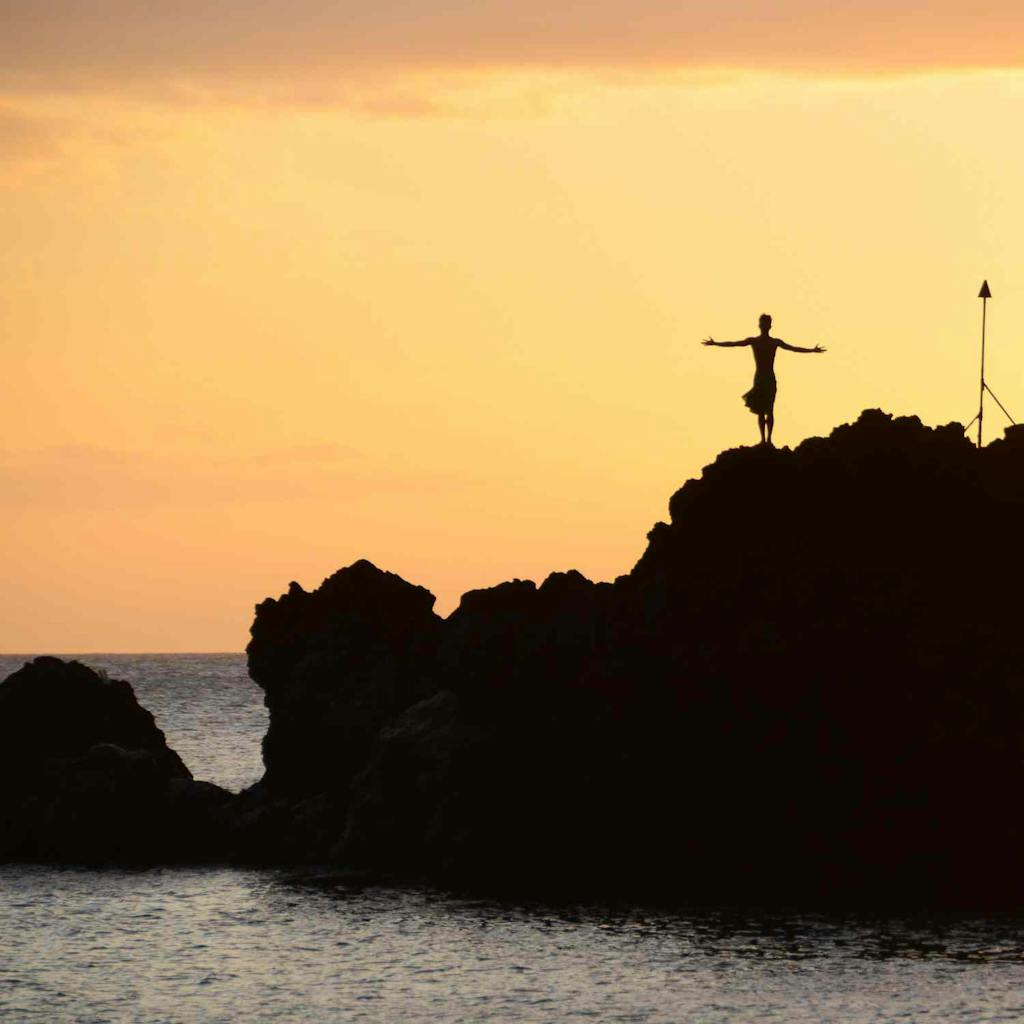
Lahaina Town: Remembering A Living Time Capsule
Just 10 minutes south of Kāʻanapali, Lahaina was once the capital of the Hawaiian Kingdom and later a thriving whaling port. The town’s historic district—once a bustling, walkable showcase of 19th-century storefronts, missionary homes, and ancient fishponds—suffered unimaginable loss in the 2023 fire. But Lahaina’s story is far from over.
Rebuilding is now underway, and new parts of the historic district are beginning to reopen. As visitors return, they’re met with a mix of reflection and resilience. While it will never be quite the same, the spirit of Old Hawaiʻi endures—especially in the towering banyan tree that still stands, scarred yet surviving, a living symbol of the whaling village that once was.
Landmarks like the Old Lahaina Courthouse and Waiola Church are being remembered and honored through preservation efforts, and the Lahaina Historic Trail—linking more than 60 cultural sites—is being thoughtfully restored. For those who return, it’s not just about what remains, but about what rises from the ashes. Grab a bite at a reopened local favorite and take a quiet moment to honor the past while embracing the hopeful path ahead.
Ocean Adventures and Island Views
Kāʻanapali’s location on Maui’s leeward side makes it a prime launch point for marine adventures. Sunset sails, snorkeling tours, and whale-watching excursions (in winter) depart daily from Kāʻanapali Beach. The clear, calm waters off Honolua Bay, just a short drive north, offer some of the island’s best snorkeling in summer. In winter, surfers take over, riding waves that roll in clean and glassy.
Nearby Kahekili Beach Park, sometimes called “Airport Beach,” offers great snorkeling without the crowds, while Wahikuli Wayside Park is perfect for picnicking, tidepool exploring, and family-friendly ocean access.
Shopping and Dining by the Shore
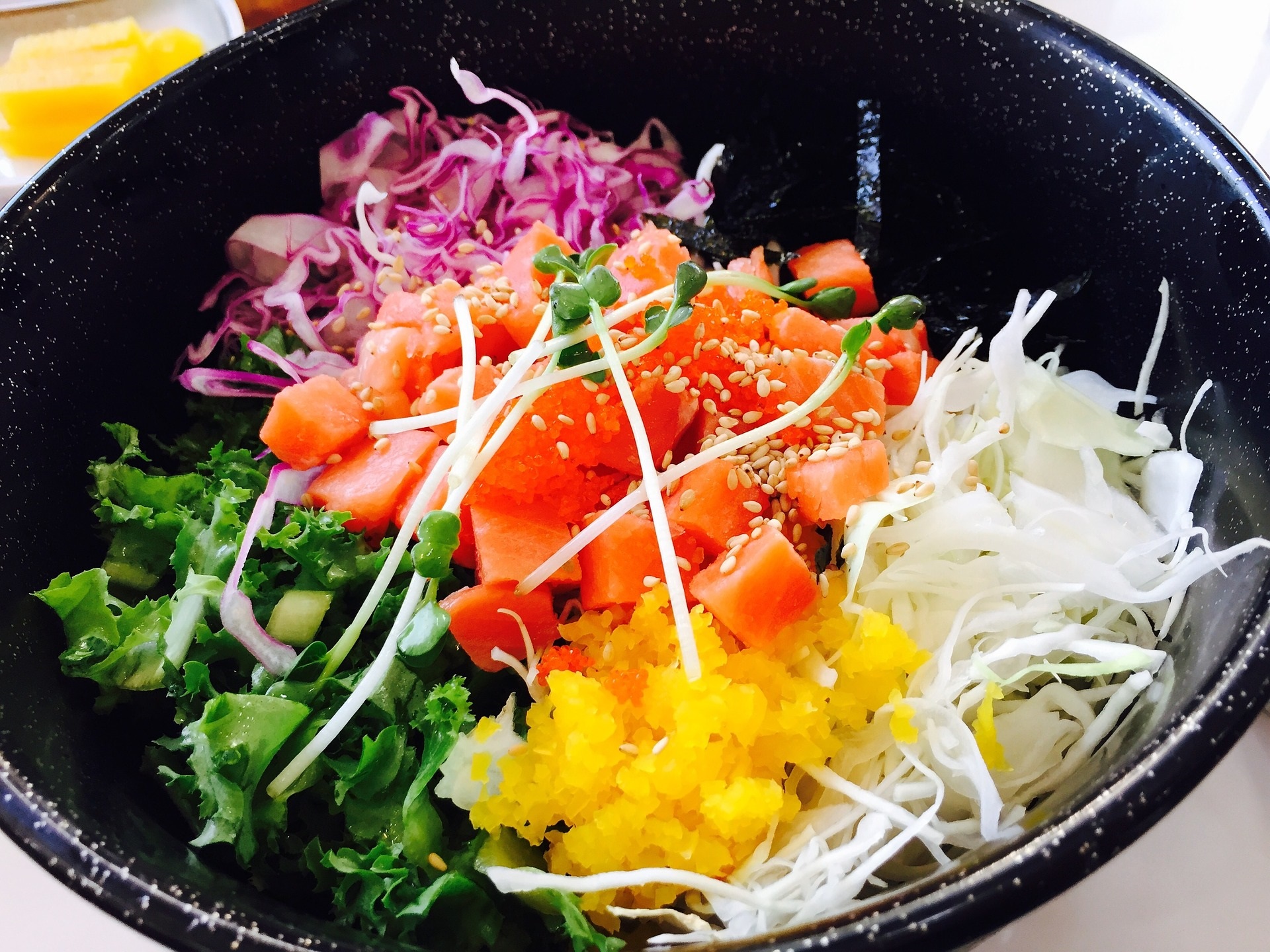
The Whalers Village open-air shopping center anchors the Kāʻanapali resort area with a mix of high-end brands, surf shops, and Hawaiian craft stores. You’ll find everything from Maui-made soaps and shell jewelry to designer beachwear and ukulele demos. Free cultural programming—like hula lessons and lei-making classes—adds a local touch to the retail experience.
For dining, West Maui delivers everything from sunset seafood to locally sourced poke bowls. Try Leilani’s on the Beach or Monkeypod Kitchen for open-air meals with a view. Head into re-imagining Lahaina for more options, including hidden gems like Star Noodle or Ma La, both re-opened and known for bold island flavors and friendly service.
West Side Wellness and Cultural Connection
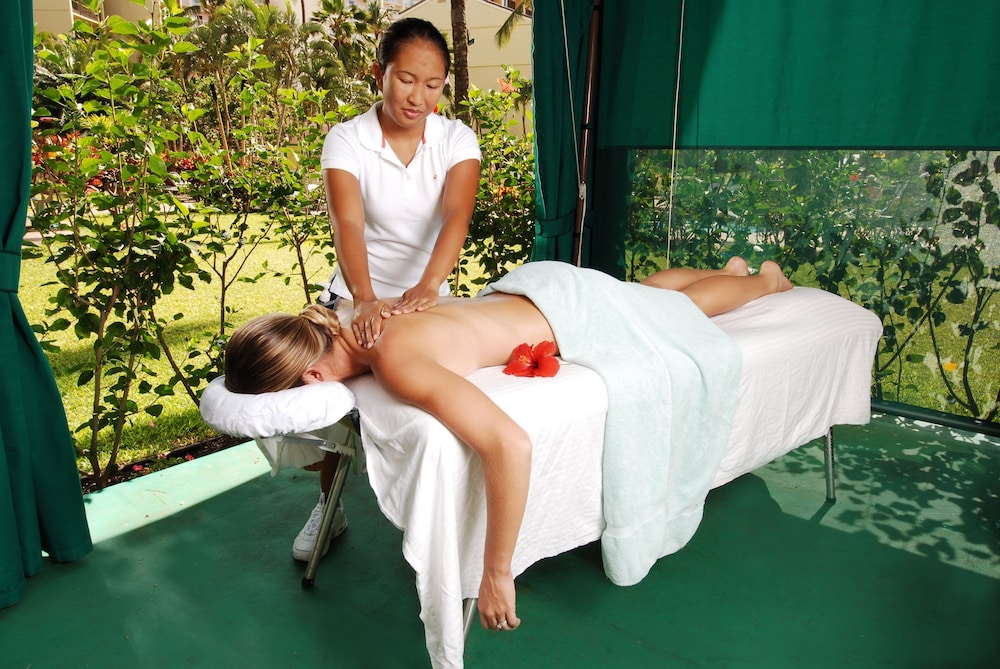
Several Kāʻanapali resorts now offer wellness experiences that draw from Hawaiian healing traditions. Morning yoga on the beach, lomi lomi massage treatments, and guided cultural walks with Native Hawaiian practitioners are becoming standard offerings. You can even join in on sunset chanting ceremonies, where guests are invited to reflect as the sun dips behind Lānaʻi on the horizon.
Cultural appreciation is key here. Kāʻanapali was once a sacred site for aliʻi (Hawaiian royalty), and Lahaina’s sacred spaces—including Mokuʻula, an ancient island that once housed royal tombs—while no longer there, history knows that this land holds deep significance.
Seasonal Tips and Best Times to Visit
December–April: Peak whale season, with daily sightings from the shore and on boat tours. Ocean conditions stay calm and inviting for most water sports.
May–November: Warmer temps and calmer seas, perfect for snorkeling and sailing. Summer sunsets here are often the most vivid of the year.
Year-round: West Maui is generally dry and sunny, with occasional trade showers that pass quickly. Always pack reef-safe sunscreen, a rash guard, and plenty of water—days here tend to stretch longer than you expect.
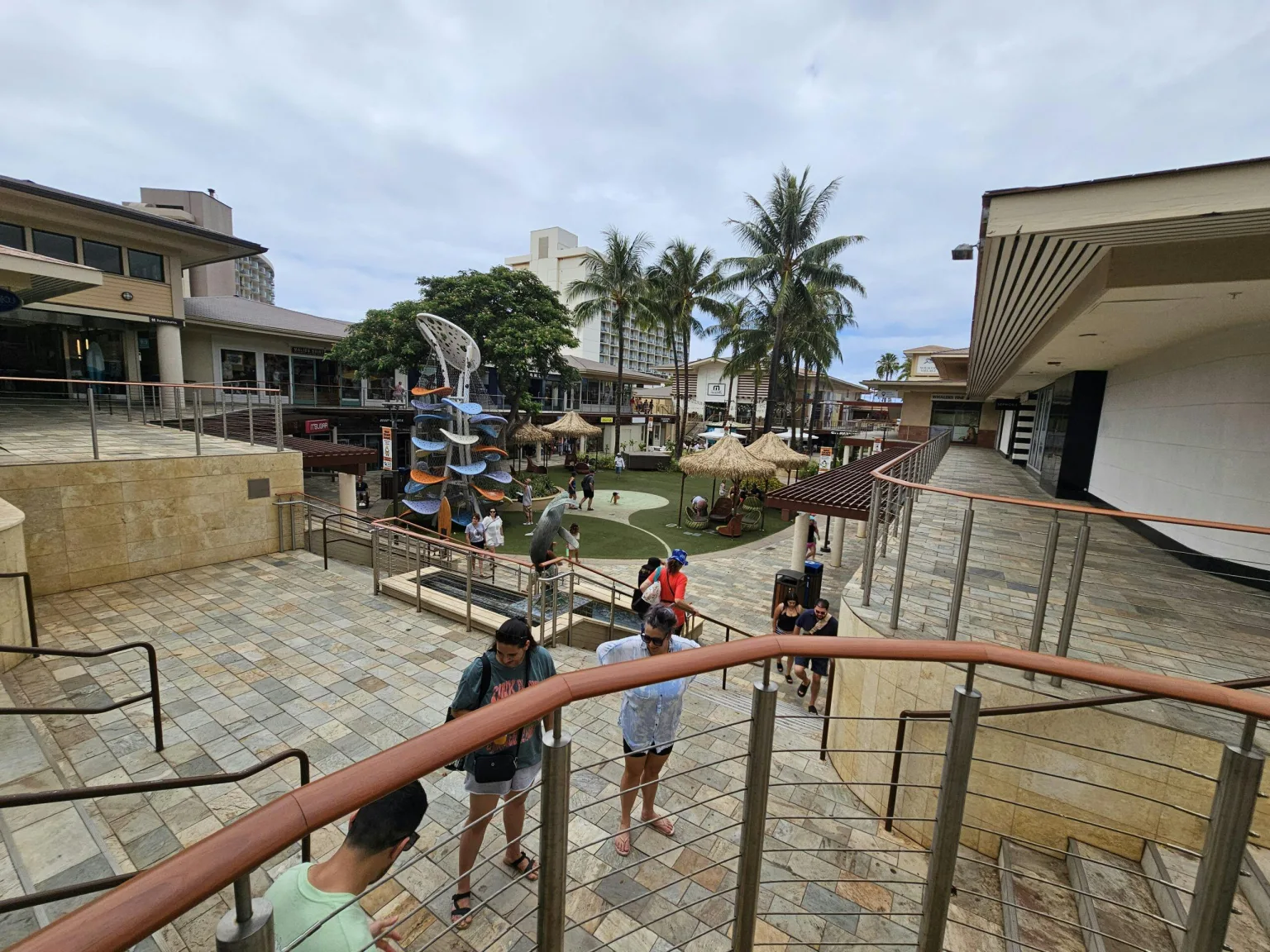
Essential Kāʻanapali & Lahaina Tips
- Beach access: All beaches are public. Look for clearly marked beach access paths if you’re not staying at a resort.
- Parking: Whalers Village offers validated parking for shoppers; public beach parking is available but limited—arrive early.
- Respect the land: Follow posted signs, especially around cultural and historic sites. Avoid stepping on coral and give wildlife plenty of space.